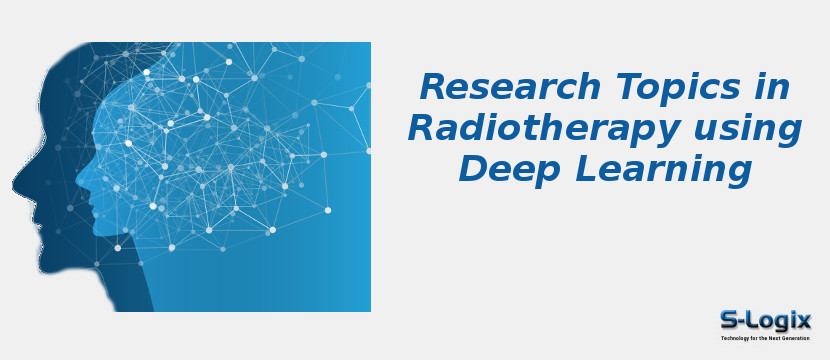Owing to the enormous use of computers, the explosion of data has greatly impelled artificial intelligence-s improvement. In such a way, deep learning technology provides improved accuracy and better diagnosis and reduces the workload of radiation oncologists. Deep learning owns promising tools to solve complex radiotherapy processes in the clinical implementation of radiation oncology.
Deep learning helps to impart advanced decision-making in radiation oncology applications. Some clinical radiotherapy works of radiation oncology are image fusion, delineation of Clinical Target Volume (CTV), Organ-At-Risk (OAR), Automatic Planning (AP), dose distribution prediction, image segmentation and detection, image phenotyping and radiomic signature discovery, image dose quantification, dose-response modeling, radiation adaption, and image generation and clinical outcome prediction.
Deep learning-based medical imaging provides precision radiotherapy by conducting high-throughput and quantitative interpretation of comprehensive features in medical images. Medical data utilized for deep learning assisted radiotherapy computed tomography, magnetic resonance imaging, fluoroscopic X-ray, ultrasound, dermoscopic images, positron emission tomography, mammography, electronic health records, CRF, 3D camera images, cyberknife breathing signal, and motion capture camera images. Potential applications of deep learning techniques in radiotherapy are:
Radiotherapy planning and treatment setup: Convolutional neural networks, fully convolution networks, generative adversarial networks, and U-Net commonly utilize deep learning models for radiotherapy treatment and planning. Its applicative tasks include pseudo-medical image synthesis, artifact correction, image denoising, and prediction.
Image segmentation: Image segmentation using deep learning in radiotherapy is applied for various tasks, including different brain structures, neuroanatomy structures, cancer in the breast, liver, rectal, bladder, and Nasopharyngeal, and metastases. Some deep learning models used in image segmentation are variants of convolutional neural networks such as 2D CNN, 3D CNN, 5D CNN, U-Net, and a full convolution network.
Computer-aided diagnosis: Rhabdomyosarcomas subtype, prostate cancer, pulmonary nodules, skin cancer, and breast cancer are identified using deep-learning-based computer-aided diagnosis. Deep belief networks, autoencoders, and convolutional neural networks are the deep learning algorithm adopted for computer-aided diagnosis.
Computer-aided detection: In computer-aided detection, convolution neural networks are the majorly employed deep learning method. This method helps to detect Bone metastases, skin cancer, Specific vertebra, and prostate cancer.
Image registration: Deformation prediction, 2D/3D registration initialization, and MRI registration are performed using deep learning-based image registration in radiotherapy.
Motion management: Intra- and inter-fractional variation prediction, Collision avoidance, and motion correction are conducted using deep learning algorithms such as convolutional neural networks, recurrent neural networks, and long short-term memory.
Outcome prediction: In multiple radiation oncologies, medical records collected under radiotherapy are utilized by deep neural networks for making various clinical outcome and prognosis predictions.
